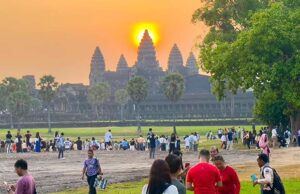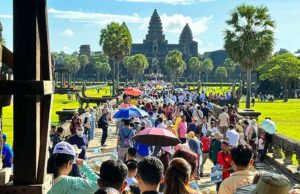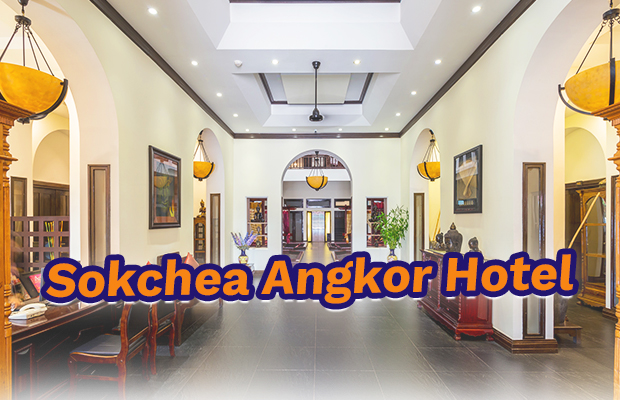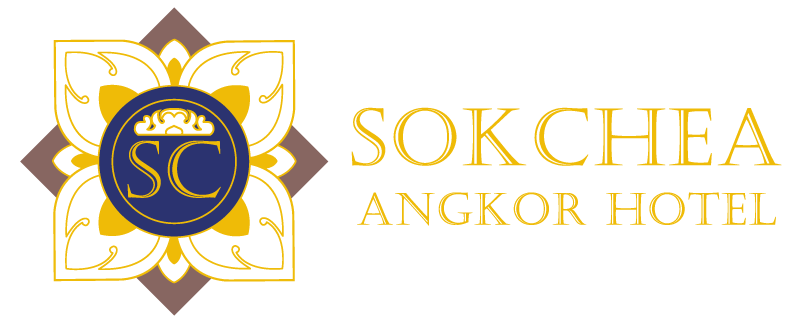🛶 Discover Chong Khneas Floating Village – A Unique Experience near Tonlé Sap Lake
Looking for an authentic and unforgettable experience during your stay at Sokchea Angkor Hotel? Just a short drive from Siem Reap, the **Chong Khneas Floating Village offers a glimpse into a way of life that exists nowhere else in the world.
🌊 What Is Chong Khneas?
Chong Khneas is a *floating community* located at the northern edge of Tonlé Sap Lake, the largest freshwater lake in Southeast Asia. Here, entire neighborhoods – homes, schools, markets, and even pagodas – float on the water, moving with the rise and fall of the lake.
This unique village reflects the deep connection between the people and nature, where life is built around fishing, boating, and eco-friendly living.
📍 Why Visit Chong Khneas?
1. See Life on Water**
Residents live in colorful floating houses and travel by boat for school, shopping, and visiting neighbors. It’s a living village, not just a tourist site – giving you a real look at traditional Cambodian lake culture.
2. Sunset Boat Rides
The most magical time to visit is at sunset, when the golden light reflects off the water. It’s a dream for photographers and nature lovers.
3. Support Eco-Tourism & the Local Community
Your visit helps support local families and promotes sustainable tourism. Many boat tours are run by the villagers themselves.
4. Easy Access from Siem Reap
Chong Khneas is only about 30-45 minutes by car or tuk-tuk from Sokchea Angkor Hotel, making it a perfect half-day trip.
🧭 Tips Before You Go
*Best time to visit: Late afternoon, especially for sunset
*Bring: Sunscreen, hat, sunglasses, and camera
*Transportation: We can help you arrange a private tuk-tuk or van
*Tour options: Choose guided boat tours for deeper insights into the culture and daily life
*Safety: Life jackets are provided on most boats; wear comfortable shoes
🌿 Responsible Travel Matters
At Sokchea Angkor Hotel, we encourage guests to explore Cambodia’s natural and cultural treasures responsibly. Chong Khneas is a fragile ecosystem. Your visit can make a difference by raising awareness and helping sustain this unique way of life.
📞 Want Us to Arrange Your Trip?
Ask our front desk team to help you plan your visit to Chong Khneas! We can recommend trusted guides and boat tours that respect the environment and support the local community.








 The hotel’s interior design also merges colonial elegance with Khmer touches. High ceilings and wide corridors, characteristic of French Colonial architecture, ensure airflow and natural light, which were practical features adapted to the tropical climate. Meanwhile, the choice of traditional patterns, warm wood tones, and handcrafted décor pieces pay tribute to Khmer artistry. This thoughtful combination creates an environment that is both comfortable and culturally immersive.
The hotel’s interior design also merges colonial elegance with Khmer touches. High ceilings and wide corridors, characteristic of French Colonial architecture, ensure airflow and natural light, which were practical features adapted to the tropical climate. Meanwhile, the choice of traditional patterns, warm wood tones, and handcrafted décor pieces pay tribute to Khmer artistry. This thoughtful combination creates an environment that is both comfortable and culturally immersive.







